Search Images
Browse Content (p. 1034)
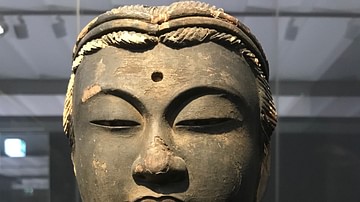
Image
Fragment of a Japanese Bodhisattva Head
This fragment of a wooden bodhisattva head comes from Japan and was made during the Kamakura Period during the 13th century CE. (Museum Rietberg, Zürich).
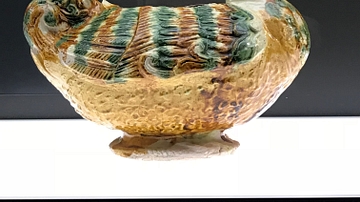
Image
Chinese Vessel in the Shape of a Duck and Rhyton
This beautiful vessel in the shape of a duck and rhyton comes from China's Henan province, and it was made at the Gongxian kilns during the Tang Dynasty. It is believed to have been created during the 8th century CE. (Museum Rietberg, Zürich...
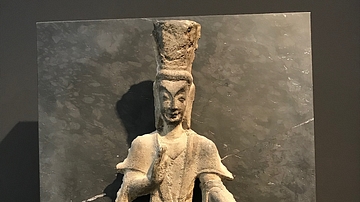
Image
Maitreya Votive from Ancient China
This votive of Maitreya, the Buddha of the future as a bodhisattva, dates from the early 6th century CE during the Northern Wei Dynasty, and it is made of chalkstone. It comes from the Longmen Cave Temples in China's Henan province. (Museum...
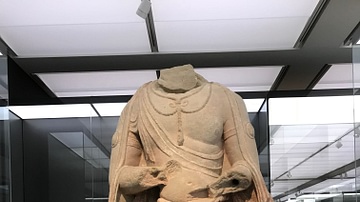
Image
Chinese Standing Bodhisattva
This standing bodhisattva made of Sandstone comes from Cave 14 from the renown temples of Tianlongshan in China's Shanxi province. The influence from Greco-Roman art as well as South Asian art is palpable. It was made during the Tang Dynasty...
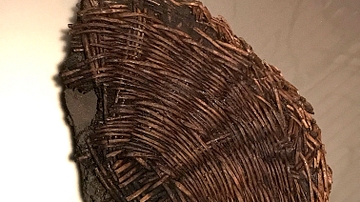
Image
Prehistoric Basket from Pile-Dwelling
This basket made of wickerwork dates from c. 1100-800 BCE and comes from a former pile-dwelling settlement near Zürich, Switzerland. (Landesmuseum, Zürich).
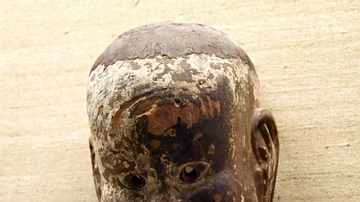
Image
Mask of a Boy for Gigaku
Gigaku is a masked drama performed to music. It was introduced to Japan from China and Korea in the 600s CE and was staged at the court and in Buddhist temples. The mask maybe for the character Taikoji, a youth. Or, perhaps it was used by...
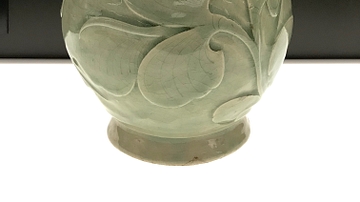
Image
Chinese Relief-Carved Ewer
This lovely relief-carved ewer comes from China's Shaanxi province and the Yaozhou kilns. It was made during the Five Dynasties Era (c. 907-960 CE). (Museum Rietberg, Zürich).
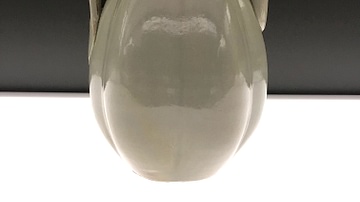
Image
Chinese Gourd-Shaped Ewer and Cover
This beautiful gourd-shaped ewer and cover comes from China's Yue kilns, which were in Zhejiang province. They were made during the era of the Northern Song Dynasty, around c. 11-12th centuries CE. (Museum Rietberg, Zürich).
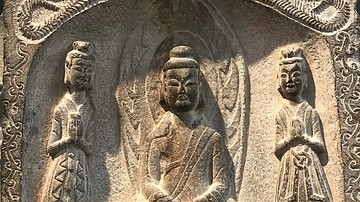
Image
Chinese Buddhist Votive Stele
This Buddhist votive stele made from chalkstone comes from China's Shanxi province, and it dates from c. 520 CE during the era of the Northern Wei Dynasty. (Museum Rietberg, Zürich)
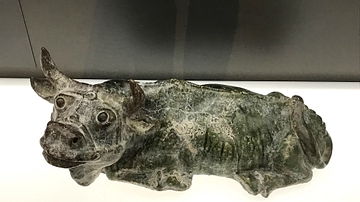
Image
Ancient Chinese Water Buffalo Figure
This figurine of a reclining water buffalo comes from northern China. It was created during the period of the Eastern Han Dynasty, c. 2nd-3rd centuries CE. (Museum Rietberg, Zürich).